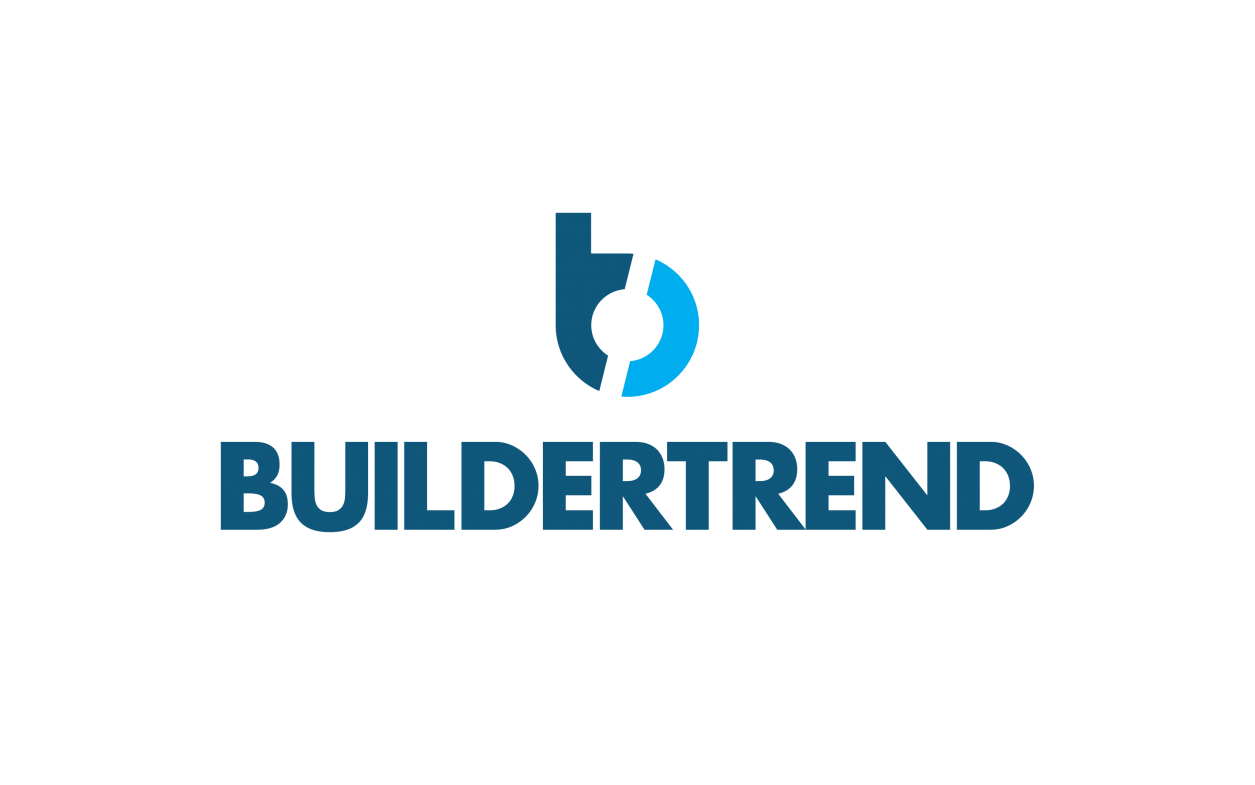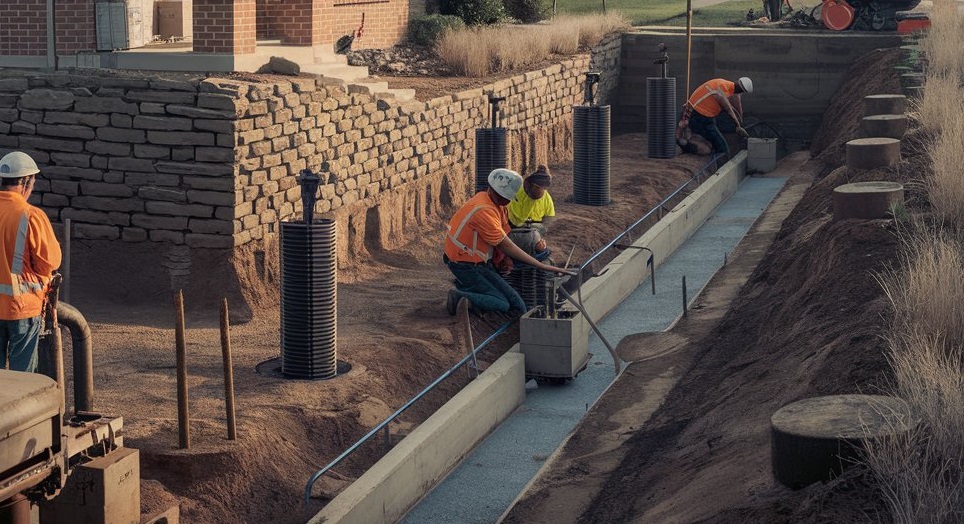Understanding what goes into a house renovation quotation is essential whether you’re a homeowner planning an upgrade or a contractor offering services. A proper quotation saves both parties from misunderstandings, ensures costs stay realistic, and delivers value. In this article, you’ll discover everything from what a quotation includes, the biggest benefits, real‑world product examples (software/tools) that help generate quotations, use‑cases, where/how to buy or hire, and answers to frequent questions.
What a House Renovation Quotation Really Means
A house renovation quotation is a detailed written estimate provided by a contractor or service provider, detailing the anticipated cost to complete a renovation project. It typically includes materials, labor, permits, timeline, and sometimes contingency fees.
A well‑prepared quotation is more than just numbers. It sets expectations. It helps homeowners plan budget, avoid surprise costs, and provides contractors with clear scope to complete work properly.
Key Components of an Effective Quotation
When reviewing or preparing a house renovation quotation, these are the must‑have elements:
-
Scope of Work: Clear description of what tasks are included (e.g., carpentry, painting, flooring), what tasks are excluded, and what assumptions are made.
-
Materials & Labor Costs: Breakdown of labor hours, rates, material types & quantities.
-
Timeline & Milestones: Estimated start date, milestones (e.g. demolition, rough‐in plumbing, finishes), and completion date.
-
Permits & Regulatory Fees: Any local building permits or inspections that may cost extra.
-
Payment Terms: Deposit required, payment schedule (e.g., 30% upfront, 50% midway, 20% after inspection), penalties for delays, etc.
-
Contingency Budget: A buffer (often 5‑15%) for unexpected issues (hidden damage, supply cost overrun, etc.).
Why Getting a Precise Quotation Matters
Getting an accurate quotation protects both homeowner and contractor by:
-
Avoiding Cost Overruns: Clear numbers help avoid surprises later, like discovering hidden structural problems or mis‑estimated materials.
-
Ensuring Fair Pricing: Having multiple quotations allows comparison. You can see which contractor overcharges or undercuts and whether the quoted quality matches.
-
Scheduling & Resource Planning: Contractors can plan purchasing materials, hiring labor, and scheduling work more reliably. Homeowners know when things will happen.
-
Legal and Contractual Assurance: A written quotation can become part of the contract, giving recourse if work is incomplete, delayed, or costs diverge without justification.
Technology Products That Streamline House Renovation Quotations
Insert image of the product
Here are five leading tools/software that help contractors and homeowners generate, manage, or compare renovation quotations reliably. Each product helps solve real‑world problems around quoting, estimating, and transparency.
Houzz Pro

Houzz Pro is an all‑in‑one platform offering project management, lead generation, and tools to produce detailed renovation quotations. It lets you upload photos, add material itemizations, labor rates, and generate proposals. It includes cost tracking so you can compare original quote vs actual spend.
Use Case & Problem Solved:
Contractors who struggle with handwritten or spreadsheet‑based quotations can use Houzz Pro to produce clean, professional quotes. If a homeowner is unsure about line items (e.g. flooring vs tiles), the tool shows options, materials, pricing. It solves the problem of unclear cost breakdowns and miscommunications.
Why Use It & Benefits:
-
Professional‐looking quotes improve credibility.
-
Easy revisions: change quantities, modify materials, and instantly update totals.
-
Integrated communication: proposals sent to clients, feedback collected, approval workflow.
CoConstruct

Top 3 Project Management Apps For Construction Firms
CoConstruct is a construction project management software used largely by custom builders. It allows detailed estimating features, taking into account labor cost, material cost, subcontractor quotes, and design specifications. It handles change orders, which often increase the cost of renovations.
Use Case & Problem Solved:
Homeowners who change design mid‑project—say deciding to change countertops or flooring—see costs jump. CoConstruct tracks changes, produces updated quotations or change order documents, minimizing surprises. For contractors, it avoids losing money when changes aren’t documented.
Why Use It & Benefits:
-
Transparent documentation of original vs changed work.
-
Real‑cost tracking ensures contractors are paid properly.
-
Better client satisfaction because changes are anticipated and costed.
Buildertrend

Buildertrend offers cloud‑based tools for budgeting, scheduling, and quoting. You can input drawings, quantities, labor rates; the tool generates a full quotation. Also useful for homeowners to monitor progress vs the quoted plan.
Use Case & Problem Solved:
For large or complex renovation (multiple trades: electricians, plumbers, roofers), manually consolidating quotes is error‑prone. Buildertrend centralizes everything, ensuring consistency in pricing, materials, and schedule.
Why Use It & Benefits:
-
Saves time by automating repetitive calculations.
-
Reduces errors in mis‑typed quantities or outdated material costs.
-
Ensures traceability: you can see who approved what, when.
Estimate Rocket

Estimate Rocket is designed for service‑based contractors—painters, remodelers, flooring specialists. It focuses on quick, mobile quotes: take photos, measure, send quote from phone or tablet. Good for smaller renovation tasks or additions.
Use Case & Problem Solved:
If you’re a contractor who visits many sites per day, writing a quote back at the office reduces efficiency. Estimate Rocket enables quoting on the spot. Homeowners get faster responses and more exact quotes since measurements and photos are taken live.
Why Use It & Benefits:
-
Improves customer experience: faster quote → more likely to win the job.
-
Accuracy: field‑measured, real photos reduce misunderstandings.
-
Tracking: see which quotes are accepted, declined, need follow up.
Jobber

Jobber provides quoting, invoicing, scheduling, and customer management. For renovation quotations, it allows you to build custom templates, include pricing lists, send digital proposals with images, parts, labor, and optional add‑ons.
Use Case & Problem Solved:
Contractors often use generic forms, forgetting to include some line items (e.g. permit fees, disposal fees, clean‑up). Templates in Jobber help enforce inclusion of all cost components. Homeowners receive full proposals without missing charges later.
Why Use It & Benefits:
-
Customizable templates ensure consistency.
-
Clean visuals with product or material images help homeowners understand what they are paying for.
-
Payment tracking and follow‑ups help contractors close more jobs.
How to Use These Quotation Tools Effectively
When choosing a tool or service:
-
Make sure it supports local cost settings (your country’s labor rates, material costs, taxes).
-
Ensure mobile access or offline capability if you visit job sites without reliable internet.
-
Look for tools that let you add photo evidence, so both parties have visuals aligned.
-
Choose services with revision/change order functionality—renovation projects often change mid‑stream.
-
Compare pricing models: monthly subscription, one‑off, per proposal fees.
Real‑World Examples: Product in Action
These three examples illustrate how renovation quotations play out in practice.
Kitchen Remodel
A homeowner wants to redo the kitchen: replace cabinets, install new countertop, lighting, flooring. Using Buildertrend, the contractor uploads drawings, enters material specs for cabinets, flooring (tile), countertop material (granite vs quartz), labor hours, permit. The generated quote shows total cost and line items. When the homeowner swaps granite for quartz, the tool recalculates cost instantly. Without this tool, the contractor might forget to adjust labor or procurement costs tied to the countertop swap.
Bathroom Addition
Someone adds a new bathroom. Using CoConstruct, the contractor contacts plumber, electrician, tile setter. Each trade gives subcontractor quotes; CoConstruct merges them into one proposal. The homeowner can see cost per trade. When plumbing work is more complicated (e.g. relocating drain), the contractor logs change order and updates cost. Homeowner approves. The final invoice reflects the change order, avoiding disputes later.
Exterior Makeover
For a facelift of a house exterior—painting, siding, roofing—contractor uses Houzz Pro. Takes photos, estimates siding square footage, roof pitch, selects materials (type of siding, paint quality). Tool produces visuals to show what siding color looks like. Homeowner can choose higher‑grade siding or paint. The quote reflects each option. Benefit: homeowner sees how material quality affects cost and durability. Contractor avoids mismatched expectations (cheap vs premium materials).
Benefits of Using Quotation Software vs Manual Quotation
Using specialized tools/software yields many benefits over traditional manual methods (handwritten notes or basic spreadsheets).
-
Speed & Efficiency
You prepare, revise, and deliver quotes faster. Generating and comparing multiple quotes takes minutes rather than hours. Reusing templates, auto‑calculations, built‑in pricing lists all save time. -
Accuracy & Transparency
Estimates include all items—materials, labor, fees. Transparent line items help homeowners understand what they’re paying for. Fewer omissions, fewer surprises. For contractors, prevents scope creep without documentation. -
Better Customer Communication
Quotes with images, options, and change‑order visibility help homeowners feel involved and informed. They understand what each material or labor selection means. Results in higher trust and satisfaction. -
Financial Control & Profit Protection
Built‑in tracking of actual vs estimated costs helps contractors maintain profit margins. If costs rise (material, shipping, labor), change orders or contingency funds protect both parties. Reduces risk of losing money. -
Scalability
If you’re a contractor growing business—more projects, more clients—you need tools to manage dozens of quotes, jobs, clients. Software scales; manual methods become chaotic quickly.
Where to Get House Renovation Quotations in Your Area
If you prefer hiring someone rather than doing it yourself via software, here’s how and where:
-
Search online local contractors with good reviews. Ask for at least 3 written quotations.
-
Use home‑improvement marketplaces or platforms in your country (for example in Indonesia, platforms like Sejasa, Kabatech, RenovationSupermarket).
-
Ask for referrals from friends or neighbours who recently renovated.
-
Check licensure, portfolio, and ask for itemized proposals.
How to Buy or Hire Quotation Services
-
Contact three firms or contractors. Request quotations document with all components (see “Key Components” above).
-
Compare materials quality: sometimes cheaper quote uses lower quality inputs.
-
Negotiate terms such as recourse for delays, penalties, warranties.
-
Once you accept a quotation, get it in writing (signed contract) before any work begins.
Pricing Expectations and What Influences Quotation Costs
What makes one quote larger than another? Some major cost‑drivers:
-
Material quality: premium materials cost more.
-
Labor rates: local wage levels, skilled vs general labor.
-
Scope complexity: structural changes, plumbing, electrical add complexity.
-
Accessibility and site condition: difficult access, demolition, underlying damage add costs.
-
Permits and local regulations: some cities require costly permits, inspections.
-
Market fluctuations: supply chain, material price changes, fuel, shipping.
Expect quotes for basic renovations (painting, flooring) to be lower; large‑scale ones involving structural, mechanical, or design changes will run significantly higher.
How to Prepare to Receive a Good Quotation (As a Homeowner)
-
Document what you want: sketches, photos, materials preferences.
-
Be realistic about budget: provide to contractor so they quote within your expected range.
-
Visit the site together: contractor sees condition (hidden issues).
-
Ask questions: material types, brands, warranties.
-
Insist on itemized quotation, not lump‑sum vague descriptions.
Troubleshooting Common Quotation Problems
When things go wrong, these are frequent issues and solutions:
-
Problem: Contractor quote is very low, then bills much higher.
Solution: Check that quote includes all cost components, has contingencies. Require a clause for extras and change orders. -
Problem: Two quotes differ greatly in item descriptions or materials.
Solution: Ask contractors to specify each material type, brand, grade. Use quotes for identical scope for comparison. -
Problem: Material cost rises after quotation given.
Solution: Include material price clauses—whether quote locks in price, or if there can be adjustments.
Action Plan: Getting Started Today
-
Choose whether to use a quotation software or hire a contractor.
-
If software: pick one of the tools above, sign up, input current local cost data. If hiring: prepare request for quotes (scope, photos).
-
Collect at least three quotations. Compare scope, materials, payment terms.
-
Make decision balancing cost, quality, timeline, contractor reputation.
Frequently Asked Questions
Q: How long should a house renovation quotation be valid?
A standard validity period is usually 30 days. This accounts for changing material costs, labor rates, permit fees. If expired, the contractor should revise the quotation.
Q: Do renovation quotations always include unexpected repairs discovered after demolition?
No. Many quotations include a contingency budget for surprises, but often hidden structural issues, mold, wiring problems aren’t known until demolition. Best practice: allow a buffer and discuss with contractor how such cases are handled.
Q: Is it better to get many small quotes or one comprehensive quote covering all work?
One comprehensive quote is generally better for clarity and contract management. Smaller segmented quotes may lead to inconsistencies, overlapping responsibilities, or gaps. However, if you’re using multiple specialized trades, individual quotes can make sense, provided you coordinate and define responsibility clearly.








Leave a Reply